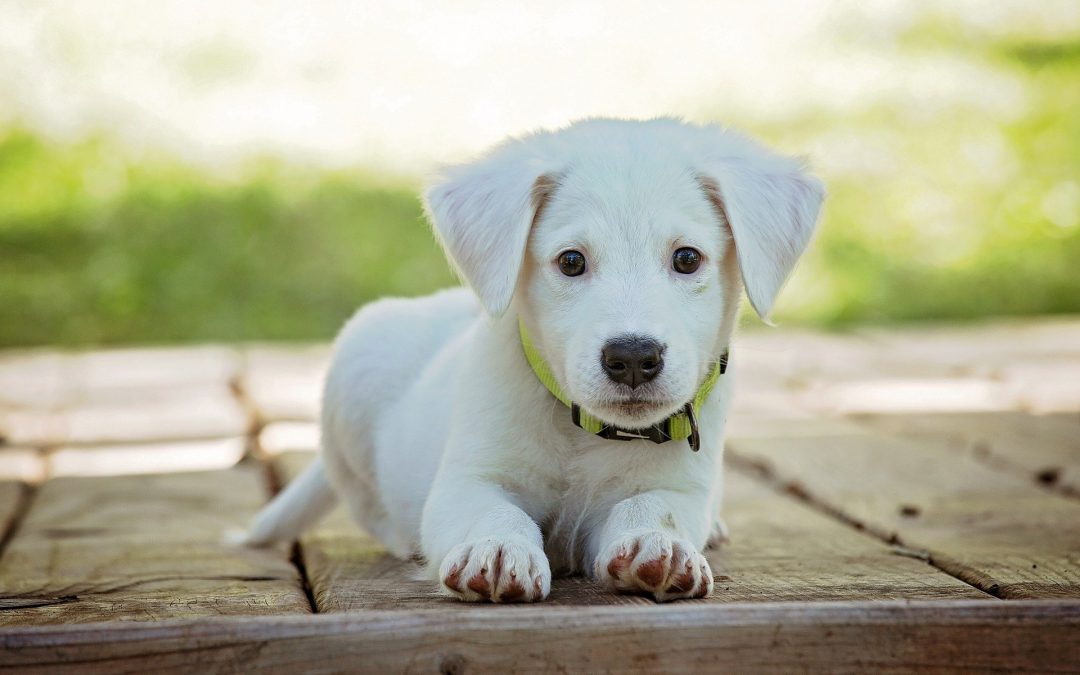It’s something that no one wants to contemplate – our beloved canine companions going missing, or worse still, being stolen.
With an increase in demand for dogs, dog theft is on the rise. Currently classed as a criminal offense under the Theft Act 1968 with a maximum penalty of seven years in prison, potential dog thieves seem undeterred and campaigners are determined to make dog theft a crime in its own right.
So, what steps can be taken to help make your dog safer from criminals?
Keep contact details up-to-date
- By law, every dog over the age of eight weeks old has to be microchipped. If you move house or change contact details, always ensure that your dog’s microchip details are updated. You may be charged for this.
- Your dog, when in a public place, should always wear a collar. There are exemptions to this, such as for some working dogs. The collar, or tag attached to it, should also have up to date information on it. Don’t put your dog’s name on the tag, as potential thieves can use this to draw the dog away, but The Control of Dogs Order 1992 states that a tag should have the name and address of the owner inscribed on it. It is also recommended to include a phone number.
- You should also think about taking clear pictures of your dog from various angles, update them regularly, and make notes of any distinguishing features.
Stay secure out and about
- Never leave your dog unattended, whether outside a shop or in a front or back garden.
- Avoid leaving your dog in your car.
- Train your dog to come back when called (using treats is a great way to do this), and never let them off lead if you are unsure about their recall. You can always use a longer retractable or training lead if they want to have a run.
- Consider walking at different times on different routes.
- Be aware of strangers asking questions about your dog if you are on a walk, especially specific details such as where you live.
When at home
- Make your home as safe and secure as possible, consider burglar alarms and security cameras.
- Make your garden as secure as possible, think about fitting a bell on the gate so that you are alerted if it is opened.
- Keep your dog supervised when they are in the garden – at night, watch them with a strong torch, or install a security light.
- Take care when choosing someone to care for your dog if you are going away, or during your working hours. Look for recommendations or use a reputable firm.
What to do if your dog does go missing
If the unthinkable happens and you discover that your dog is missing, or you suspect that it has been stolen, you should act quickly.
Report it
There are a number of people that you should report a missing or stolen animal to. These include:
- The police. If you suspect that your dog has been stolen, ensure you get a crime number. If you report it as a missing animal, then you won’t receive this.
- The local dog warden, and other neighboring local authorities.
- The Microchip database.
Make people aware
Let as many people as you can know that your dog is missing, that way if they see a dog that looks like yours, either on a walk or on the internet, they can let you know.
- Facebook and social media. Make any post “sharable”. Think about posting on local groups, as well as on your own profile.
- Dog Lost website – there is no single national database for missing animals, so the more you contact, the wider the appeal.
- Visit local dog walking areas to ask people to keep an eye out.
- Make local vets aware and contact local animal shelters. If your dog is handed in, they should check the microchip for your details, but it is always a good idea to contact them to let them know your dog is missing.
- Make posters and display them.
- You should notify your insurance provider, and in some cases, they may help towards the cost of producing posters to help find your dog.
When you are reunited
Don’t forget to notify everyone who you have told about your loss, that they have been found!
You should always enjoy having your dog with you and avoid feeling like you need to look over your shoulder to protect the ones that you love. Equally, an attitude of “it won’t happen to me” can be dangerous. Take care, take precautions, ensure a safe and protected environment, and know, deep down, that you are doing the best you can to keep every member of your family safe.



Connect With Me !